#PartsParalysis
CDT Cartastrophe: No Quick Fix In Sight
Officially, carmakers around the world are putting on their best “what me worry” faces and say that they are unaffected by a sudden shortage of a key component, caused by a factory explosion in Germany. Behind closed doors, they are freaking out. Carmakers and suppliers met in Detroit for an emergency summit under the auspices of the Automotive Industry Action Group (AIGP). After the meeting, the first admissions of impending doom surfaced.
Maker Of Strategic Material May Be Down For Months, Shortages To Last Longer
Evonik Industries told Reuters that it will take at least three months for its damaged chemical plant in Marl, Germany, to resume normal production of CDT, and that full production of CDT may not return until the beginning of next winter.
Factory Explosion Threatens World's Car Industry
A huge explosion in an industrial park in Marl, Germany, killed two. It also could bring the world’s auto industry to its knees “in the next few weeks,” writes Bloomberg.
Japanese Parts Paralysis, Take 2
Now that the effects of the March 11 tsunami are behind the Japanese auto industry, carmakers are pulling out all stops to make up for lost volume. Only to run into new problems: “Shortages of tires and other autoparts are a growing concern,” reports The Nikkei [sub]. The new shortage is tsunami-unrelated. Its reason: Bad old supply and demand.
Japanese Auto Industry Loses 1.4 Million Units - Nissan Walks Away Unharmed
Today is the day when the Japanese majors announce domestic and global data for June and the half year. A little more than three months ago, a massive earthquake, followed by a devastating tsunami, paralyzed much of Japan’s infrastructure. It could not have come at a more inopportune time. The Japanese auto industry was already suffering from weak markets at home and abroad, paired with a rising yen that destroyed profits from exports. Three months later, how big was the hit?
Japanese Parts Paralysis: Bad Bets With Chips
Why was Honda as much hit as Toyota by the March11 earthquake and tsunami? Doesn’t Honda have the bulk of its production outside of Japan? How could Nissan avoid most of the damage, even with an engine factory close to Fukushima?
It was a bit like a roulette game, and it involved a lot of chips. According to industry talk in Japan, Nissan had taken a large supply of ECU chips before the quake. Honda and Toyota were waiting for their just-in-time delivery. Honda and Toyota received most of their engine controller chips from one chipmaker, Renesas. Two weeks after the catastrophe, we had pointed out that Renesas and its damaged fab near the epicenter would turn into a major bottleneck. What’s more, Honda had no idea.
Toyota U.S.A. Back To 100 Percent In September
Yesterday, we reported that the Japanese auto industry is recovering faster than previously assumed from the effects of the March 11 tsunami. Overseas factories were expected to be affected for several more months while the problems work themselves through the long supply pipeline from Japan. Much to everybody’s surprise, the situation is improving at a faster clip at transplant factories as well. Toyota said today that North American vehicle production is expected to return to 100 percent in September.
Japan's Government Wants Standardized Autoparts
When I stopped working for Volkswagen in 2005, they had some 400,000 parts, or “numbers” as they are called in industry parlance, in their central warehouse in Kassel. With each car, the number climbed higher. On the other hand, some 5 percent were usually out of stock. The launch of each car caused raw nerves in the parts department. When a part was faulty, dealers and production manager were at war for parts. The production managers usually won, and blamed the dealers for shoddy service.
It’s tough enough to keep the hungry beasts at assembly lines and in workshops supplied with parts during peacetime. If a volcano over Iceland blows ash, or if a huge tsunami wipes out a good deal of Japan, it turns into parts paranoia. Now, Japan’s formerly powerful METI, the Ministry of Economy, Trade and Industry, is using the Tohoku disaster to force the Japanese car industry to standardize a lot of the parts it uses.
Japanese Auto Industry: We're Baaaaack!
Fresh indications that the Japanese auto industry is getting back on is feet faster than thought. Honda and Toyota were – in numbers of cars not produced – hardest hit by the ripple-effect of the March 11 tsunami. Both originally thought they would not be back to normal before year’s end. Today, The Nikkei [sub] writes that Honda “will likely have its domestic production nearly back to normal in July, sooner than expected, as autoparts manufacturers quickly get output back on track.” Yesterday, Toyota had confirmed, that the company will be back to 90 percent in June in Japan. Nissan is also near normal and wants to increase production capacity from September.
Quote Of The Day: Japan's Downgrade Raises All Ships
Amazing quote in today’s Nikkei [sub]:
“Shares in Toyota Motor Corp. gained further ground Tuesday afternoon, after Moody’s Investors Service Inc. said during the lunch break it may downgrade Japan’s sovereign debt ratings.”
Welcome to the wicked world of global economics.
Japanese Car Exports Down 67.8 Percent In April
Hit by the March 11 earthquake and tsunami, exports of Japanese motor vehicles plummeted 67.8 percent from a year earlier in April.This according to data released today by the Japan Automobile Manufacturers Association. The quake hit all companies, although not equally hard …
Japan Plans Parts Maker Bailout - Of Sorts
The Development Bank of Japan is planning a bailout found for Japan’s hard-hit auto parts industry. The parts industry took the brunt of the March 11 earthquake and tsunami, and it is parts shortages that hold up a speedy recovery of Japan’s largest industry sector. According to the Yomiuri Shimbun, the DBJ plans to raise 50 billion yen for the fund.
Nikkei: Toyota Back To 90 Percent Next Month, At 100 Percent In August
Come June, Toyota “plans to bring domestic auto production back to as much as 90 percent of targets set before the March earthquake hit, thanks to faster-than-expected improvements in parts supplies,” The Nikkei [sub] writes today. At the annual results conference in Tokyo, Akio Toyoda had said Toyota Toyoda would be on its way back to normal beginning in June, with hopefully 70 percent of production reinstated in summer. This was already a two month improvement over previous plans. Two weeks later, the outlook seems to be even better. If The Nikkei heard correctly.
Japanese Parts Paralysis: Toyota Europe Up, Honda Brazil Down
The ripple effects of the March 11 tsunami keep bouncing around the globe. The is good news and bad news. (Or bad news and good news, depending on the side you are on.)
Japanese Parts Paralysis Likely To Cause Steep Losses
Japan’s carmakers are slowly returning back to normal, hobbled only by unsure supply of parts and sometimes power. It will be slow going and full of surprises. One thing is for sure: The March 11 tsunami will have an ugly effect on carmakers’ books. Combined losses for the Japan’s carmakers and suppliers could “the biggest ever,” surpassing those during 2008 to 2009 financial crisis, Noriyuki Matsushima, an analyst in Tokyo at Citigroup Inc., told Bloomberg.




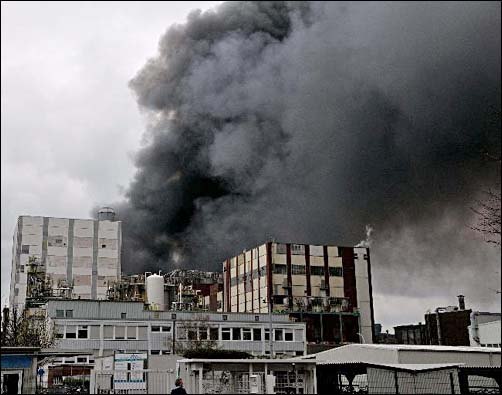

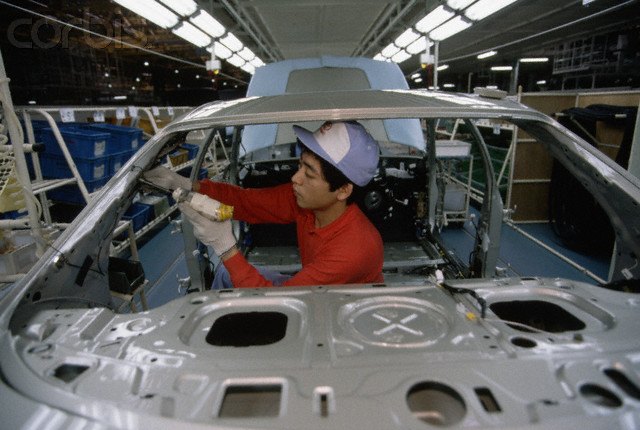



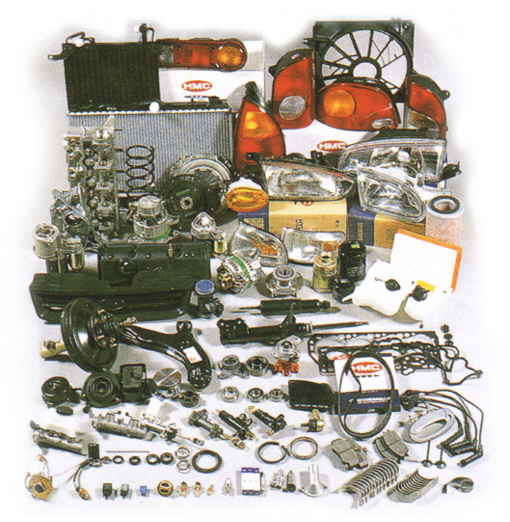

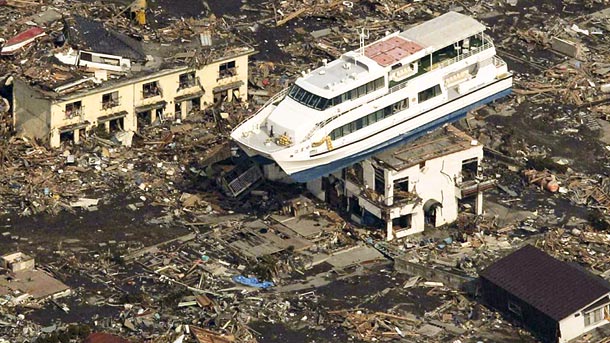
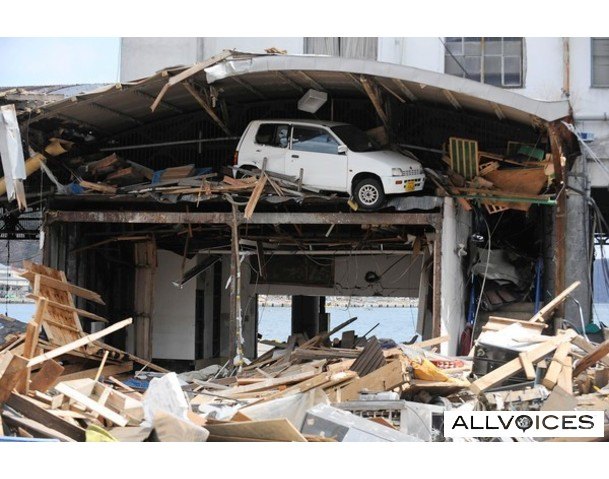
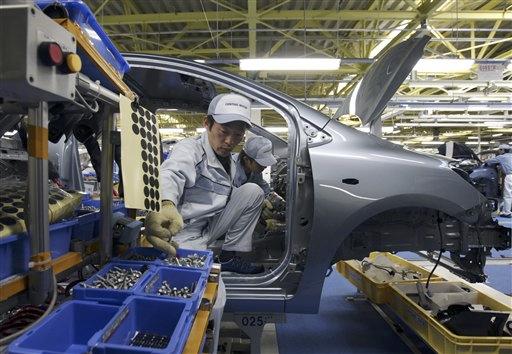













Recent Comments